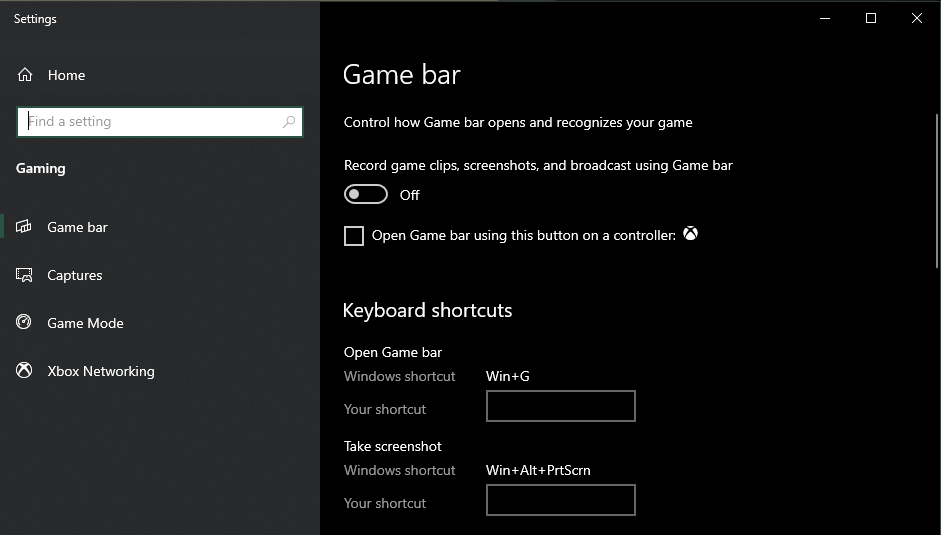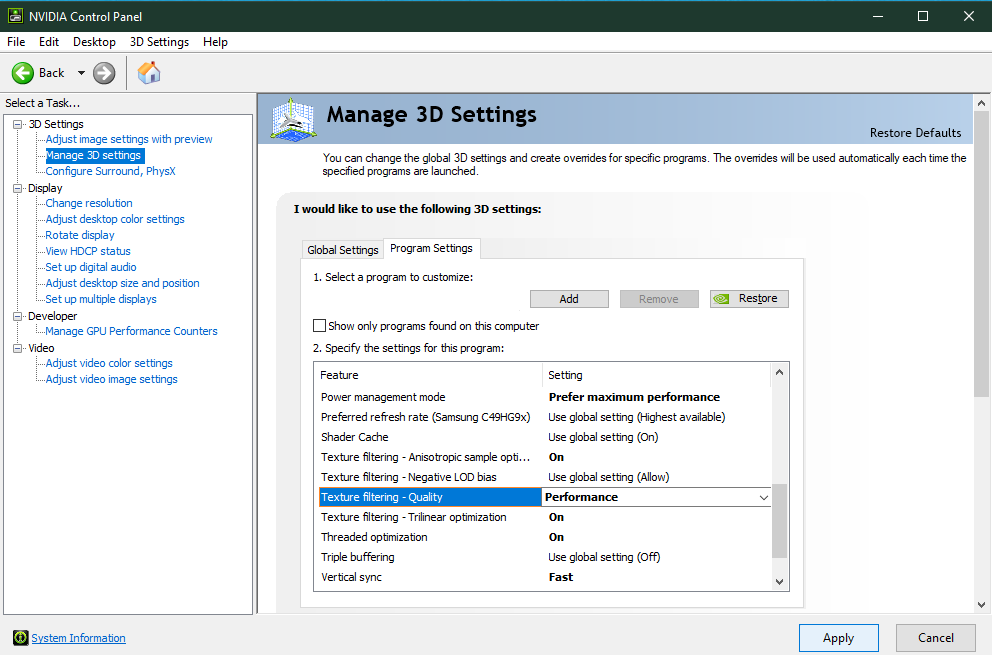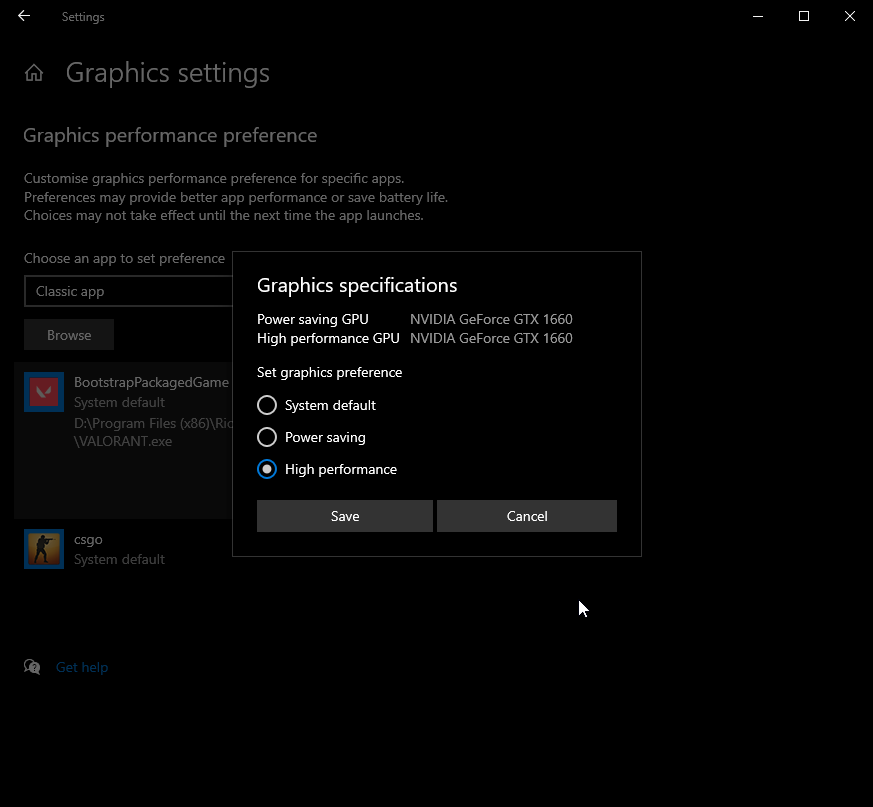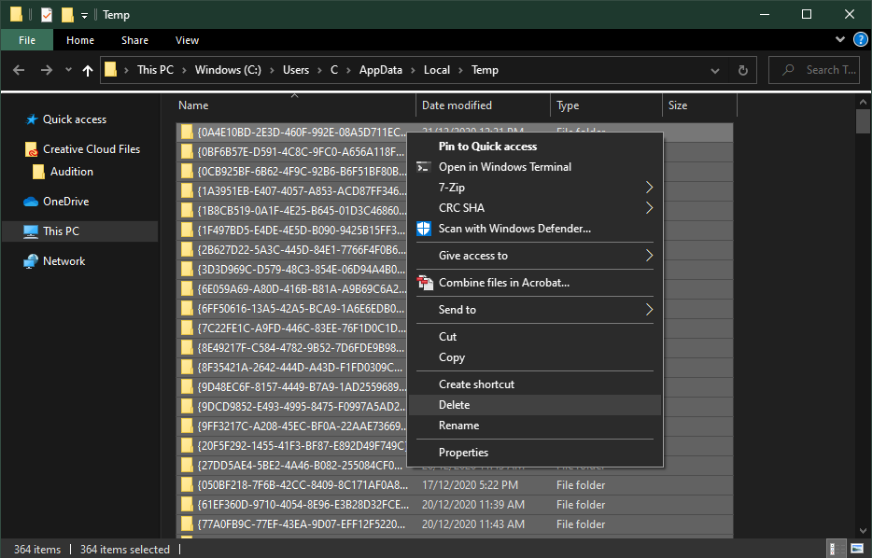Genshin Impact – How To Boost FPS & Overall Performance
Genshin Impact, the popular open-world action role-playing game, has taken the gaming world by storm since its release in 2020. However, to fully immerse oneself in the game's stunning graphics and gameplay, players need a system that can handle the high demand of its performance requirements. A low frame rate can be frustrating and hinder the overall gaming experience. Luckily, several ways to optimize your system and boost FPS in Genshin Impact exist. In this article, we'll share some valuable tips and tricks to enhance your performance in the game. From adjusting graphic settings to updating drivers, we've got you covered to ensure a seamless and immersive gameplay experience. So let's dive in and maximize your Genshin Impact gaming experience!
Optimize the Genshin Impact In-Game Settings
Changing your Genshin Impact settings usually makes the most significant performance improvement for low to mid-end systems. Open up your settings, and make changes according to your system’s specifications. Most of the setting changes showcased apply to low-end PCs. If you experience performance issues while using the recommended system requirements, then follow the next steps.
Genshin Impact > Settings > Graphics
Navigate to your Graphics settings and set the resolution to your native monitor resolution and refresh rate. The next settings will depend on your system’s hardware and be set for low-end PCs. Increase these in case you have some frames to spare:
Set FPS to 60
Set V-Sync to Close
Set Render Resolution to 0.8/1.1
Set Shadow Quality to Low
Set Visual Effects to Lowest/Low
Set SFX Quality to Low
Set Overall Setting to Low
Set Anti-Aliasing to SMAA
Set Motion Blur to Close
Change the Genshin Impact Process Priority
To further increase the Genshin Impact performance on your PC, we will change the application’s priority compared to other programs running in the background. Right-click your taskbar to open up your Task Manager. In the Processes tab, right-click the Genshin Impact process and select go to details. In the Details tab, the application should be highlighted. Right-click the game process and set the priority to high.
Task Manager > Details > GenshinImpact.exe > Set Priority > High
This will in turn allocate more resources to playing Genshin Impact and should increase your performance, especially if you have other programs running in the background. To reduce the CPU utilization from other programs, I suggest you end some programs from running in the background, which you don't need when playing Genshin Impact. Programs from running, which you know won't break your operating system. In the Startup tab, you can prevent programs from starting on system boot.
Update Graphics Card Driver
NVIDIA graphics cards can utilize the GeForce Experience application. Click here to download the application to your system. When the download is completed, open up the application, and in the Drivers tab, select Download. This will download and install the latest GPU update and should take a few minutes to complete.
GeForce Experience > Drivers > Download
Update Operating System
To optimize your system for performance, ensure that your operating system is up to date. Search for Update in your taskbar search. In your Check for updates system settings window, download the latest update and restart your PC after the download is completed. This will in any case help you with performance issues.
Windows Settings > Windows Update
Disable Game Bar Recording
Some native Windows 10 settings can reduce your performance while playing Genshin Impact. Disable the Game Bar recording option, as it continuously records your gameplay and audio. In your taskbar search, enter: Game Bar to open the game bar system settings. Uncheck the recording option. In the Captures tab, disable the background recording option additionally. These settings will only reduce your performance. If you want to record your gameplay, we suggest using OBS Studio or an external capture card if you lack performance.
Windows Settings > Gaming > Game Bar
Adjust the NVIDIA Control Panel Options
Making changes to your NVIDIA control panel can be essential. Change a few options in your NVIDIA control panel to improve the Genshin Impact performance on your system. To open up your NVIDIA control panel, right-click your desktop and select NVIDIA Control Panel. In your control panel, navigate to Manage 3D Settings > Program Settings.
NVIDIA Control Panel > Manage 3D Settings > Program Settings
Select Add a program to customize and add Genshin Impact from the program list. If you can’t find the game in the program list, click on Browse. In your file explorer, you must locate the drive and path on which you installed Genshin Impact and add it to the program list. Make sure that the CUDA setting is set to your main GPU, set the Power management mode to Prefer maximum performance, and set the texture filtering quality to Performance.
Change the Genshin Impact Graphics Preference
Windows 10 allows you to utilize power user settings, such as your graphics settings. To change your graphics settings, enter Graphics Settings in your taskbar search to open up your native settings.
When selecting Browse, your file explorer will open up, where you will have to navigate to the drive and path where Genshin Impact is saved. After adding the program to your graphics settings list, the operating system lets you choose between the following:
Let Windows choose
Power Saving (Usually Intel HD Graphics)
High Performance (Usually, your graphics card(s)
Specific GPU (Choose which GPU to use)
For the most system performance, use the High-Performance option. If your GPU is bottlenecking your performance, you should set it to Let Windows Decide. Don't forget to apply your changes.
Delete the Windows Temporary Files
Your hard drive might be cluttered with unwanted files. These files will induce lag if not removed properly. You can delete your temporary files manually or use PC cleanup programs, such as CCleaner. These applications are usually the best choice as they automatically keep your hard drive clean. To manually delete your temporary files, enter %temp% in your taskbar search and hit enter. A new folder will open up. Make sure to delete the content of your temporary files folder.
Sometimes, this can take a few minutes if you haven’t done this before. Some files will most likely stay in your temp folder, as these are still in use by your programs. To thoroughly delete these files, you should also empty your recycle bin.
Delete all Windows temporary files in the folder




















